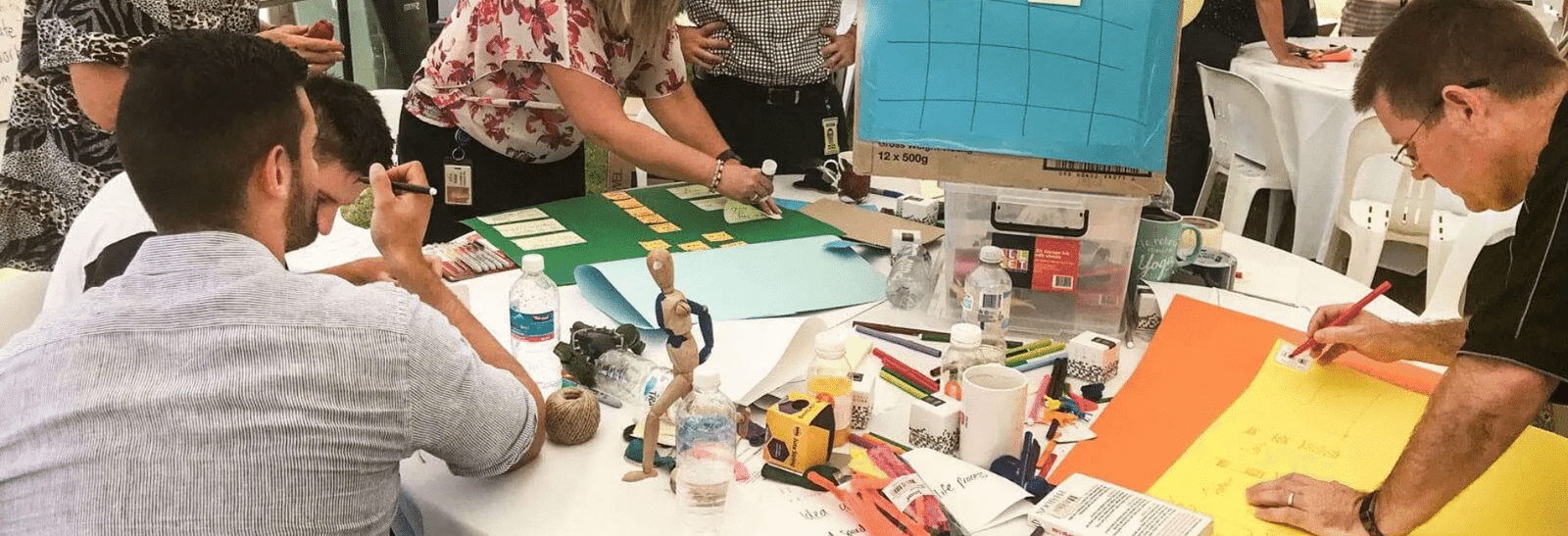
In today’s fast-moving business world, solving complex challenges requires more than traditional strategies. A Design Thinking Facilitator plays a vital role in guiding teams through structured approaches that emphasize human-centered innovation and collaboration. By fostering empathy, experimentation, and iterative problem-solving, facilitators help teams develop solutions that truly meet real-world needs.
Design Thinking workshops provide hands-on experiences where participants engage with problems deeply, connect with users, and prototype solutions quickly. Facilitators ensure these sessions are interactive, practical, and focused on producing meaningful results that drive innovation.
What Does a Design Thinking Facilitator Do?
A Design Thinking Facilitator is a professional who leads workshops and innovation sessions to help teams solve problems using a structured human-centered approach. Instead of offering ready-made solutions, facilitators guide participants to explore ideas, experiment, and collaborate effectively.
They also address common barriers that prevent innovation, such as fear of failure, fixed thinking, or low confidence. By creating a safe and inclusive environment, facilitators empower teams to think creatively, take risks, and develop practical solutions that align with user needs.
The Five Stages of Design Thinking
Design Thinking involves five key stages, which facilitators help teams navigate:
- Empathize: Understand the users’ thoughts, emotions, and behaviors by engaging directly with them. Empathy ensures solutions are grounded in genuine human needs.
- Define: Clearly identify the problem based on insights gathered during the empathy stage. A well-defined problem sets the direction for ideation and ensures the team focuses on solving the right challenge.
- Ideate: Generate a wide range of ideas using brainstorming, mind mapping, and creative exercises. Facilitators encourage participants to think broadly before narrowing down to actionable solutions.
- Prototype: Build tangible representations of ideas such as mockups or low-fidelity models. Rapid prototyping allows teams to test concepts quickly and refine them based on feedback.
- Test: Collect feedback from users to evaluate and improve solutions. Iterative testing ensures outcomes are practical, effective, and aligned with real needs.
Additional Facilitation Techniques
Experienced Design Thinking Facilitators often include strategies beyond the basic stages to enhance results:
- Overcoming Internal Barriers: Encouraging participants to move past self-doubt and fear of failure.
- Language Matters: Promoting positive, inclusive communication to foster collaboration and creative thinking.
- Iterative Approach: Reinforcing that innovation is continuous and requires repeated experimentation and refinement.
Tools and Methods Facilitators Use
Facilitators use a variety of methods to support creative problem-solving:
- Human-Centered Design Tools: Personas, journey mapping, and user interviews to focus on real user needs.
- Creative Exercises: Brainstorming, role-playing, and scenario planning to generate innovative ideas.
- Rapid Prototyping: Quick, low-cost models that allow early testing and improvement.
- Structured Feedback Loops: Collecting insights to continuously refine solutions.
Benefits of Engaging a Design Thinking Facilitator
Organizations that work with facilitators gain multiple advantages:
- Enhanced Collaboration: Facilitators improve communication and teamwork across departments.
- Increased Creativity: Safe spaces empower unconventional ideas to flourish.
- User-Focused Solutions: Outcomes align closely with actual user needs.
- Faster Problem-Solving: Iterative prototyping and testing accelerate the innovation process.
- Cultural Shift: Facilitators cultivate curiosity, experimentation, and a mindset of continuous improvement.
Turning Ideas into Real Solutions
Design Thinking workshops are interactive, practical, and results-oriented. Participants learn to empathize with users, generate ideas, prototype, and test solutions. Facilitators ensure workshops remain structured yet flexible, helping teams convert complex challenges into innovative solutions that deliver measurable impact and practical results.
Conclusion
A Design Thinking Facilitator is an essential partner for organizations seeking to innovate and solve complex problems effectively. By guiding teams through structured stages, fostering creativity, and maintaining a human-centered approach, facilitators transform challenges into opportunities. Their expertise helps organizations collaborate better, innovate sustainably, and implement solutions that produce meaningful outcomes.

